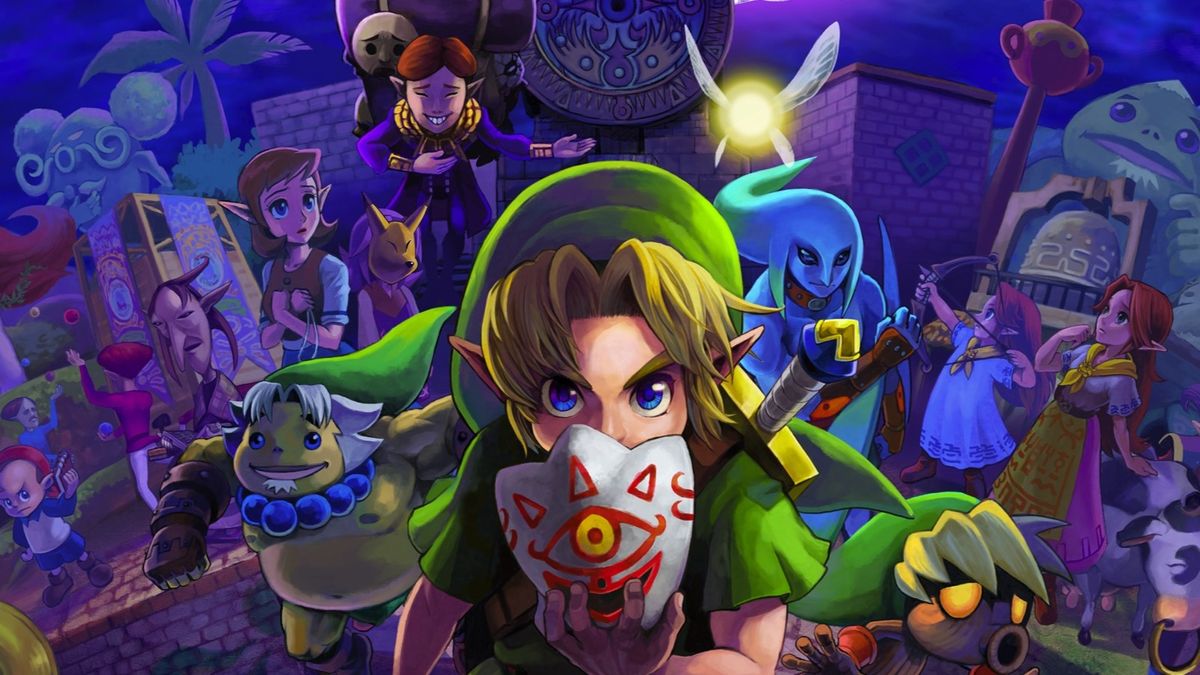
Exploring the Astonishing Dog Race Permutations in Majora's Mask
An exciting deep dive into the fascinating racing mechanics and glitches of Majora's Mask, revealing the astonishing number of dog race permutations.
The Greatest Underdog Story in Gaming
In the realm of gaming, few tales are as riveting as that of Majora’s Mask, a fan-favorite entry in the Zelda franchise. Released back in 2000 on the Nintendo 64, this game stands out due to its engaging storyline, fraught with mystery and an eerie atmosphere.
The Underdog Races
One fascinating aspect of the game is a mini-game involving dog races at Romani Ranch. With fourteen competitors, players might expect equal chances for each canine, but one dog in particular—a blue one—has developed a reputation as the underdog.
The game has established statistical advantages for certain dogs, with varying speeds and capabilities. Using the Mask of Truth, players can glean insights into who might perform better. Yet, despite these mechanics, the blue dog struggles significantly, giving rise to a community meme among fans who have collectively pondered whether it is actually possible for the blue dog to win.
The Glitch that Sparked Hope
Hope for this underdog came during speedrunning events when it was discovered that a glitch in the game’s code allowed for early race endings—albeit infrequently. This sparked an interest in meticulously testing the racing conditions with scripts that enabled countless digital races to be run against the odds.
A Mind-Boggling Number of Permutations
The calculations conducted by Falkush and others led to the astonishing conclusion: there are approximately 1 quadrillion 83 trillion 414 billion and 90 million possible permutations for these races. That figure translates into a staggering number of imaginary races, roughly amounting to 34 million years of racing if run sequentially.
This Journey of Discovery
With innovation in their approach, fans and speedrunners did not just settle for watching the races unfold. Instead, they actively engaged in dissecting game mechanics, collaborating with one another, and determining whether any real scenario existed in which the blue dog could claim victory.
The culmination of this quest was a triumphant occasion as the blue dog managed to win not once, but in a manner deemed legitimate after extensive testing. This tale is a remarkable showcase of community effort, ingenuity, and a celebration of those unforeseen moments in gaming where every dog, indeed, gets its day.
